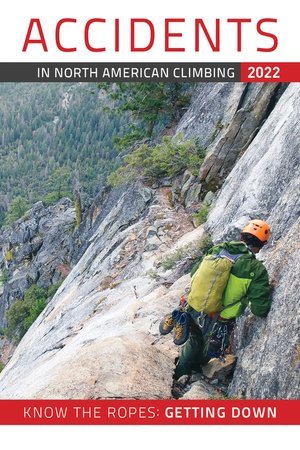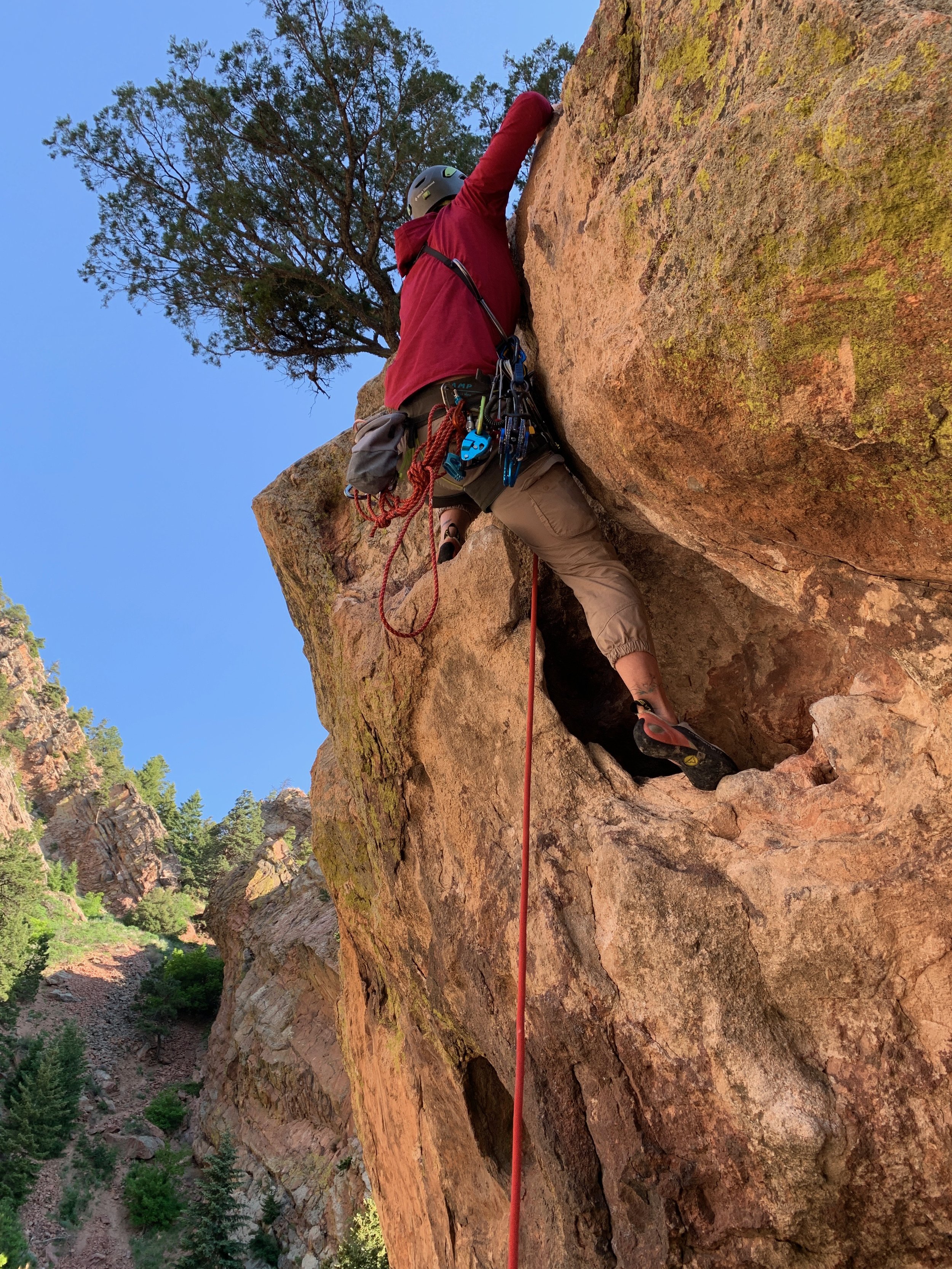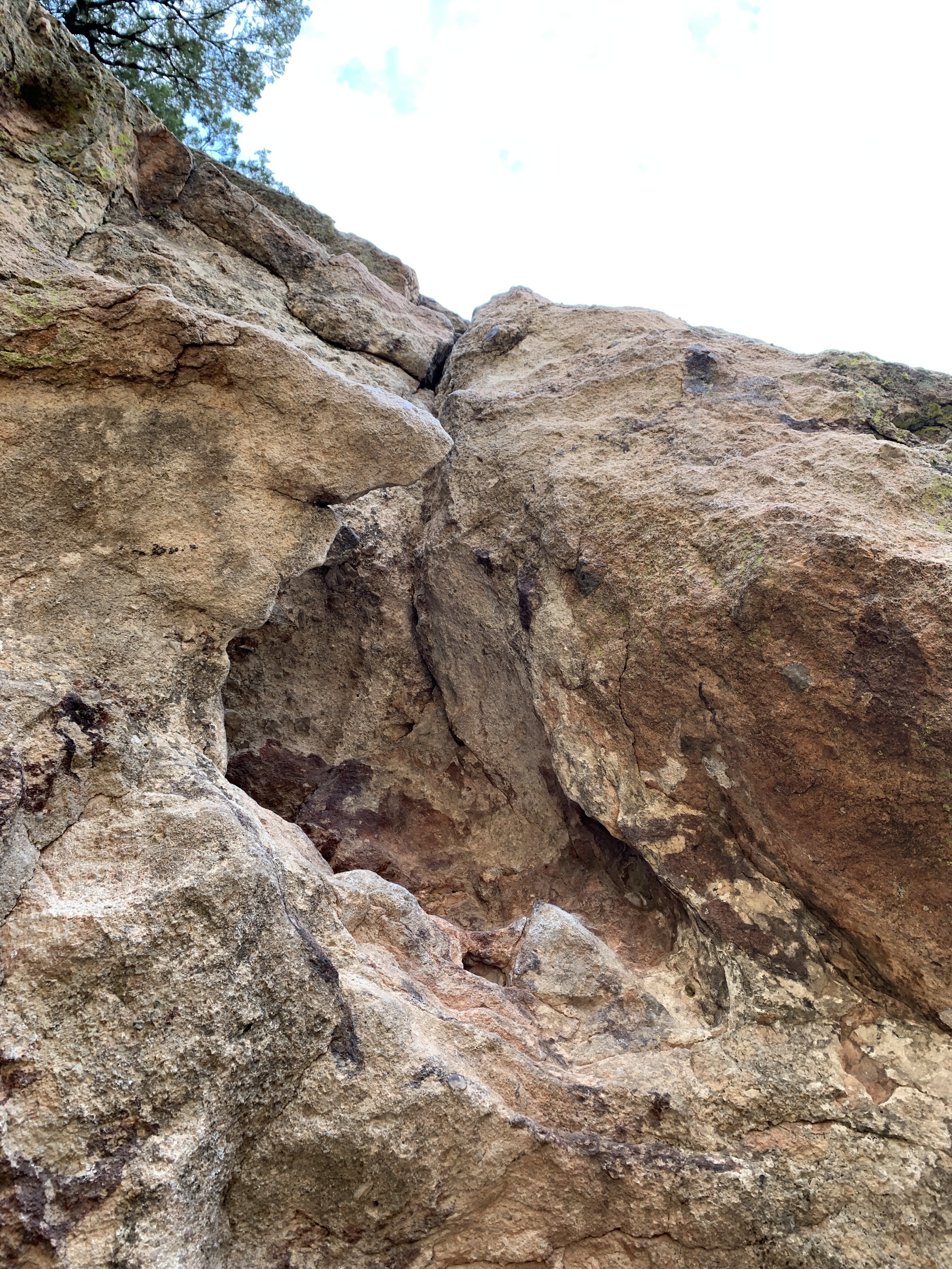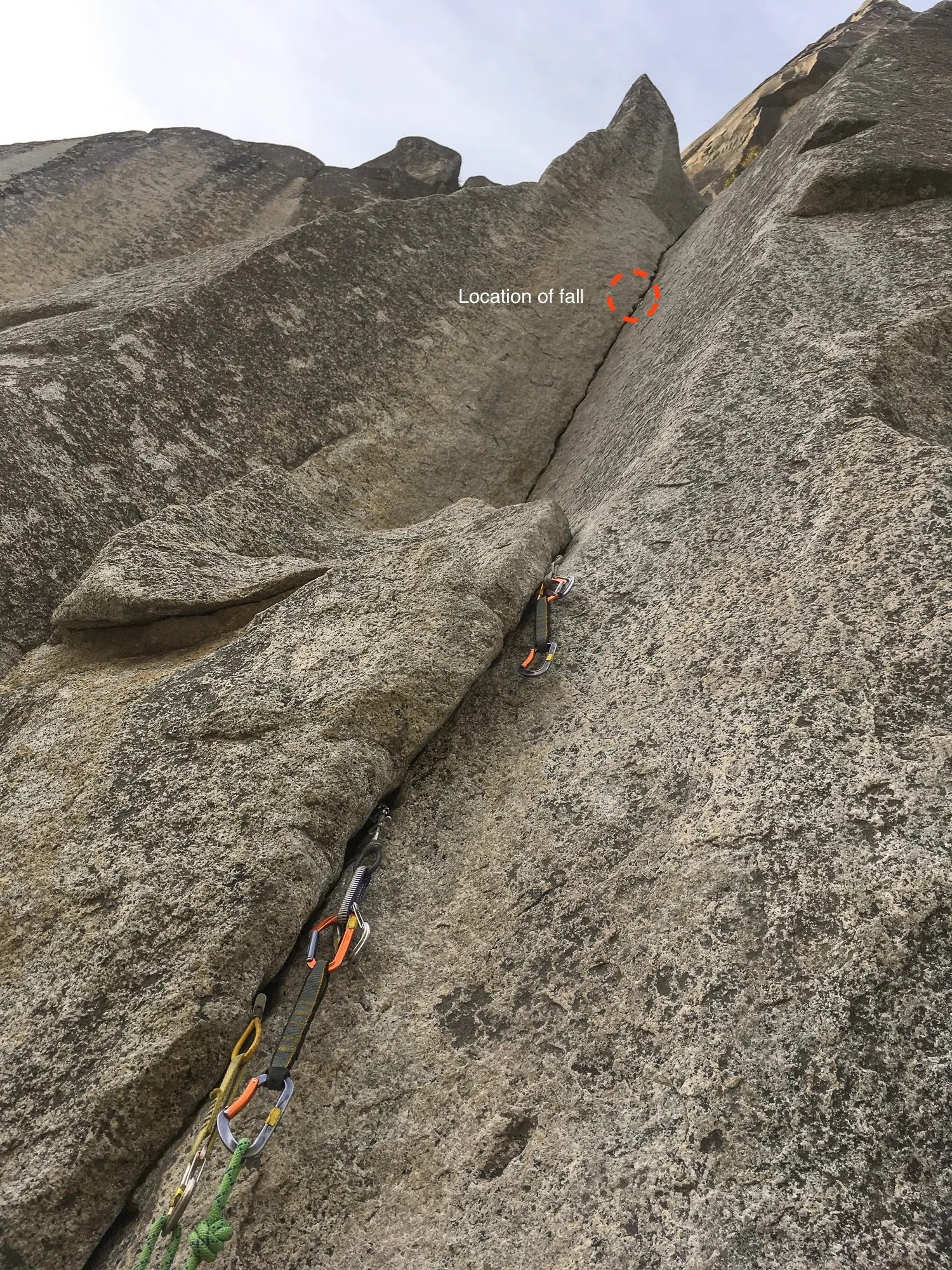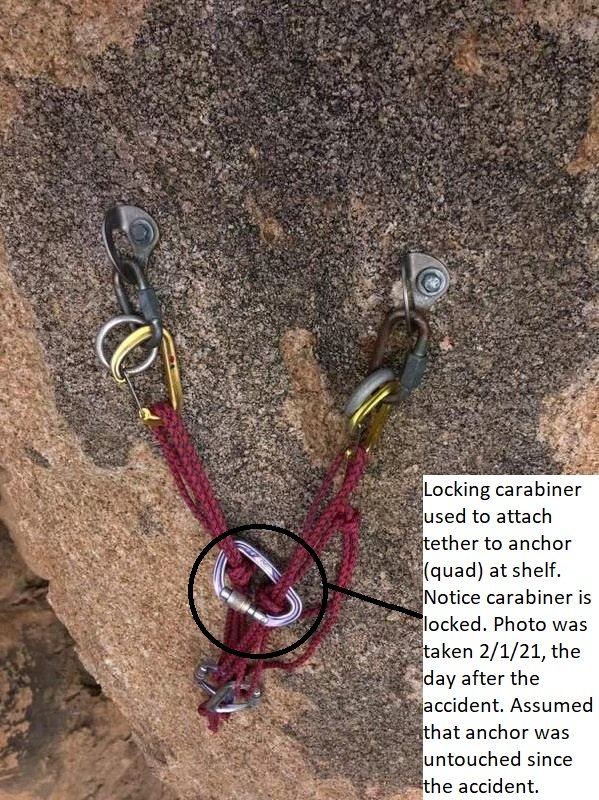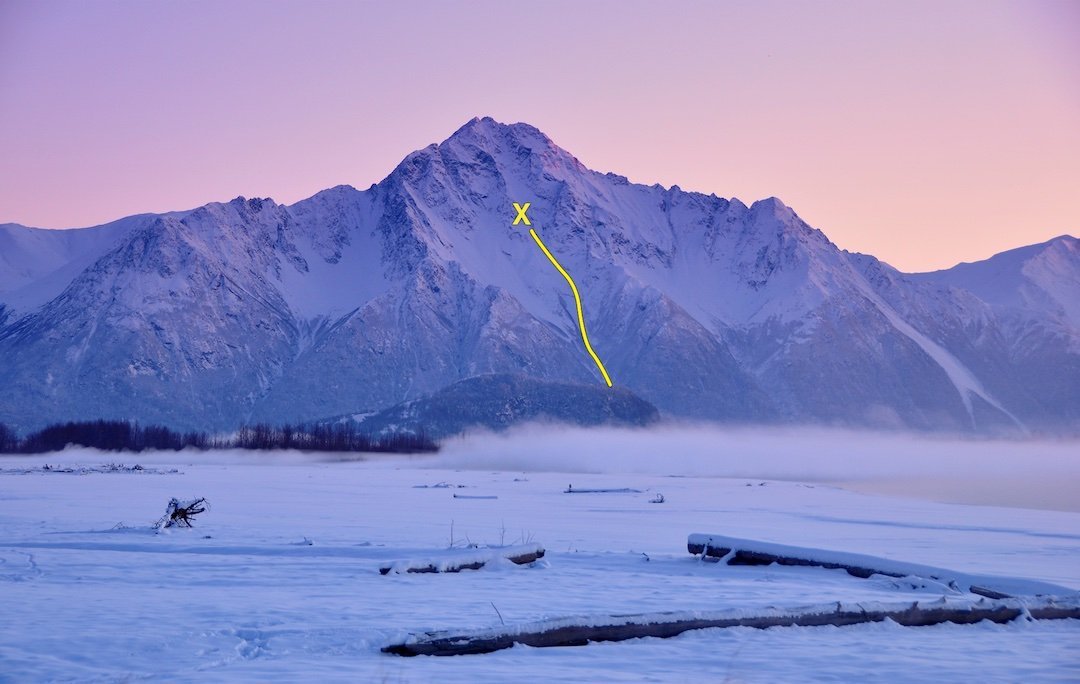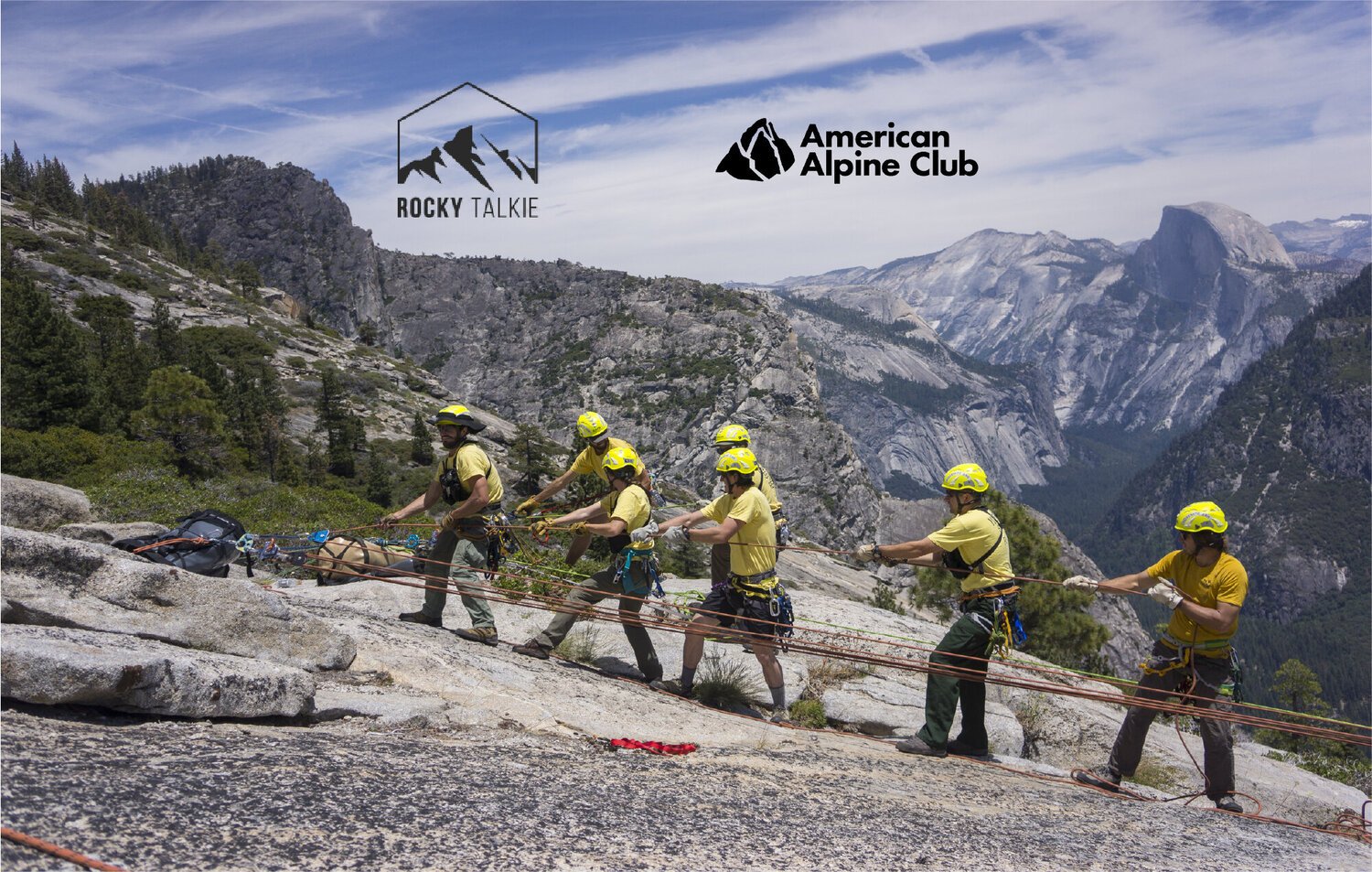The Prescription - November 2021
PETE TAKEDA TO EDIT ACCIDENTS BOOK
The American Alpine Club (AAC) is excited to announce Pete Takeda as the new editor of Accidents in North American Climbing. Pete is a longtime climber and expert in all forms of the sport, from single-pitch routes to big walls to mountain climbs around the world. Based in Colorado, Pete has worked as a writer and filmmaker (with a focus on climbing) for much of his life. He also has been a volunteer and Board Director for the AAC, the American Mountain Guides Association, and other organizations. After seven years at the helm of Accidents, AAC executive editor Dougald MacDonald is stepping aside to put more time into the American Alpine Journal and the AAC’s publications website.
Pete already has begun the transition into his role, starting work on the 2022 edition of Accidents. We asked him to share a few thoughts about the publication and his new job.
Q. When did you first start reading Accidents in North American Climbing?
Pete: I started reading Accidents in the mid-1980s. I had just started with serious climbing and found the accident accounts cautionary, insightful, and morbidly fascinating.
Q. What attracted you to the possibility of editing the publication?
Pete: In 2019, I interviewed Jed Williamson as part of a video project for the AAC. Jed was editor of Accidents in North American Mountaineering (changed in 2016 to its current and more accurate title) for 40 years. He spoke about the publication’s history and provided insights into how accidents have followed trends within our sport. He also had a fascinating analysis of the commonalities of most climbing accidents.
When the job posting came up, I got excited. Not only was it a chance to become more connected with the AAC, but also it dovetailed with my current book project, and the Accidents editor position is essentially a part-time job, one that gives me time to write—and climb.
Q. One of the things that came across in your interviews—and in your writing—is that you seem like an eager student of climbing, even after so many years in the sport. Do you still feel like you have a lot to learn?
Pete: I love climbing. I’ve given my life to it. Its disciplines are myriad, and one can never master them all. Each style informs the other. To thrive—and in some cases merely survive—one needs to continually learn. While climbing is unified by an elemental struggle against gravity, each game within climbing has its own physical and mental demands, and a distinct set of rewards. In an age of specialization, climbing offers the practitioner many chances to be a beginner again. When one takes on a different game within the sport, one is reminded of why they fell in love with it in the first place. To me, being a student of climbing for almost 40 years is the greatest gift I can imagine.
Q. We searched the archives, and you haven’t ever appeared in Accidents. But have you ever had a climbing accident yourself—or witnessed one—and how do you think this experience might affect your work as editor?
Pete: I’ve had my share of hospital visits, participated in rescues, self-rescued, and witnessed a dozen serious accidents—some with tragic results. I myself have almost been killed a half dozen times—avalanche, rockfall, exposure, and a few really bad falls. I’ve broken bones, lost teeth, starved, been parched, had AMS, gone snow blind, cut finger tendons, suffered superficial frostbite, and have had three major surgeries. Through all this, I’ve managed to self-rescue, or at least drive myself to the hospital.







